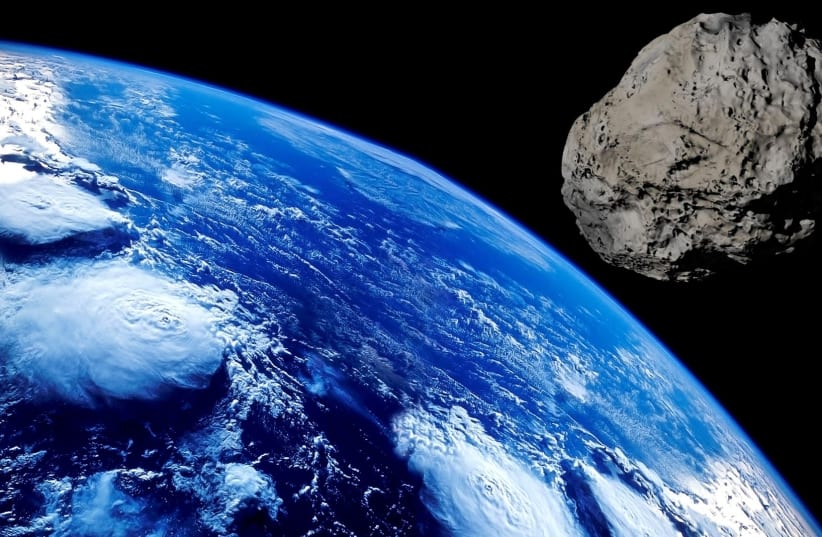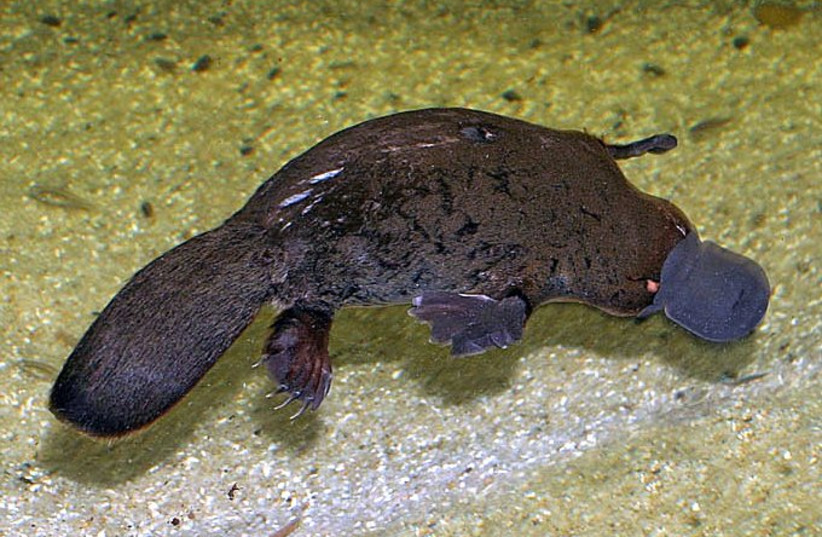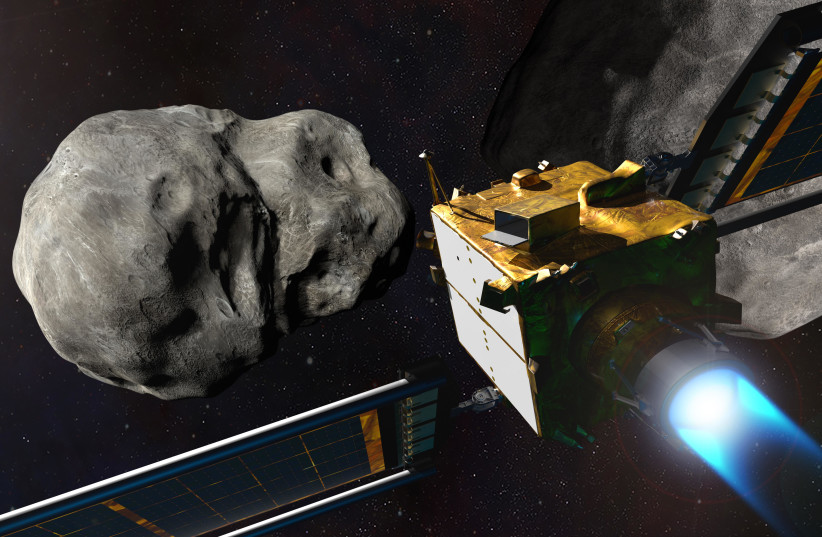An asteroid the size of 18 platypus is set to pass much closer to the Earth than the Moon on Thursday, March 30, according to NASA's asteroid tracker.
The asteroid in question has been designated as 2023 FH7 and was discovered this year, according to the Center for Near-Earth Object Studies (CNEOS) at NASA's Jet Propulsion Laboratory (JPL).
The asteroid is actually one of six that are set to pass by the Earth on March 30, but it is set to come the closest out of all of them by a wide margin.
For the scientific nitpickers wondering in advance, this measurement is calculated by comparing the total length of an adult male platypus from beak to tail to the asteroid's estimated diameter.
And for the grammar nitpickers wondering in advance, there is no universally agreed-upon way in English of referring to the platypus in plural form, though scientists tend to use just "platypus" for both the same way one would refer to groups of fish or as "platypuses." But for consistency's sake, this article will just use "platypus."
An asteroid? Perry the asteroid?! How big is the asteroid coming toward Earth in 2023?
NASA has estimated asteroid 2023 FH7 as being as much as 11 meters in diameter.
To put that in perspective, let's compare it to everyone's favorite egg-laying mammal, the platypus – or second-favorite if you prefer echidnae for some reason.
According to the Australian Museum, one of the oldest natural history museums on Earth, the adult male platypus can grow to be as much as around 60 centimeters in length from the tip of its duckbill to the end of its beaver tail.
Now, whether this factors in the size of the fedora worn by the most famous platypus in history, Perry the Platypus from Phineas and Ferb, is unclear – though it likely wouldn't make a difference.
At any rate, this metric would imply that asteroid 2023 FH7's diameter is just a bit over 18 platypus lined up bill-to-tail in a line.
And for those wondering, yes, male platypus do possess a spur on their feet containing poison, but that doesn't factor into this measurement since the tail extends farther down regardless.
But what about speed?
Platypus can swim at speeds of one meter per second – amounting to 3.6 kilometers per hour.
Is that enough to match the speed of this asteroid? As amazing a sight as that would have been, the answer is a resounding no – NASA JPL clocks asteroid 2023 FH7's speed as around 8.69 kilometers per second, or 31,284 kilometers per hour.
Oh, there you are, asteroid! What other asteroids are coming?
As stated earlier, asteroid 2023 FH7 is merely one of six asteroids passing Earth on March 30.
Here are the others, along with their own size comparisons.
- Asteroid 2023 FR1 with an estimated diameter of as much as 73 meters, or over 24 great white pelicans measured wing to wing all standing next to one another
- Asteroid 2023 EK2 with an estimated diameter of as much as 140 meters, or over 79 Israeli men of average height laying down head to toe in a row
- Asteroid 2017 SE12 with an estimated diameter of as much as 25 meters, or around 21 English greyhounds lined up tail-to-snout
- Asteroid 2023 FQ4, with an estimated diameter of as much as 17 meters, or over 67 women's US size 9 shoes lined up on a flat surface
- Asteroid 2016 GH1, with an estimated diameter of as much as 19 meters, or over eight aardvarks measured tail to snout
Is an asteroid going to hit Earth in 2023?
So first off, asteroids have already hit Earth in 2023, just as they have done in 2022. This includes the half-a-giraffe-sized asteroid 2022 EB5, which impacted in the ocean in March 2022; the two super bowl trophy-sized asteroid 2023 CX1 that, which impacted near Normandy; and the corgi-sized meteor that weighed as much as four baby elephants, which crashed in Texas.
Note that none of these asteroids actually caused any damage, and this is also what would almost certainly happen if asteroid 2023 FH7 managed to hit the Earth.
This is because it would likely burn up in the atmosphere due to its small size. In fact, of the six asteroids passing Earth on March 30, only the 73-meter 2023 FR1 and the 140-meter 2023 EK2 would actually cause any damage. And of those two, only 2023 EK2 is large enough to be considered especially dangerous due to the sheer level of destruction it would cause, packing at least a thousand times more energy than the atomic bomb dropped on Hiroshima.
But all of those asteroids are passing very far, but the same cannot be said of asteroid 2023 FH7. This asteroid is set to pass a little over 164,000 kilometers away from the Earth – less than half the distance of the Moon from the Earth, which is an average of 384,000 meters.
So it's a good thing it's this small – any bigger and there could have been cause for concern.
By contrast, the average male platypus can actually be very dangerous – cartoon espionage shenanigans aside, those poisonous spurs on their feet can cause extremely agonizing pain.
Do we have any way to stop an asteroid from hitting the Earth?
We do, and unlike other plans to stop platypus-related things, it doesn't end with -inator.
Planetary defense scientists have been hard at work to safeguard Earth from asteroids. The most promising effort thus far is NASA's Double Asteroid Redirection Test (DART) Mission, which was launched to see if it could alter the trajectory of the faraway asteroid Dimorphous by crashing into it.
And as follow-up observations showed, it worked.
Scientists now know for sure that with enough time and planning, we can safeguard the Earth from an asteroid impact – even one measured in the platypus metric.
Maybe a certain fictional mad scientist hoping to take over the Tri-State Area should take notes.


